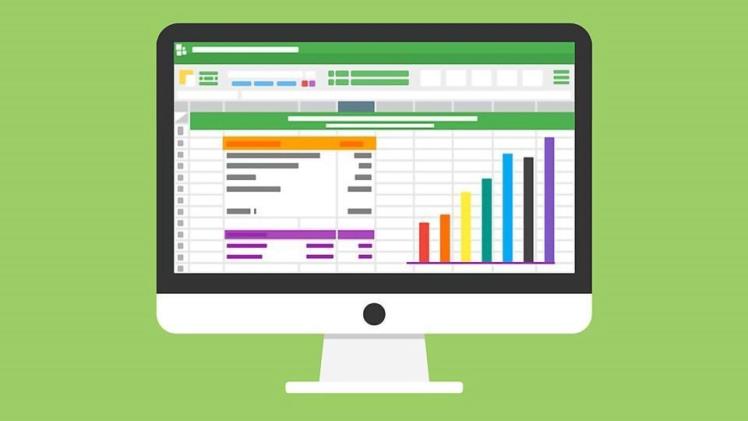If you’re trying to run a successful business, effective data management is one of the most critical elements. From sales records and customer information to financial statements and marketing data, you’ll be generating a vast amount of data that requires careful organization and management. Here are some best practices that can help you keep your data in order.
Understanding Your Data
Before you start organizing your business data, you need to have a clear understanding of what data you have and how you can use it to help your business grow. Each type of data has its own unique characteristics and can provide different insights, so you should keep them separate from each other.
Sales data can help you understand which products or services are most popular among your customers and which ones are not selling as well. You can use this information to make informed decisions about your product or service offerings and identify areas for improvement.
Customer data, on the other hand, can help you understand who your customers are and what they want. This information can help you create personalized marketing campaigns and improve your customer service.
Financial data can help you understand your business’s cash flow, profitability, and overall financial health. With this data, you can make more informed decisions about investments, expenses, and pricing.
Securing Your Data
Data security is of utmost importance when it comes to organizing your business data. With the rise of cyberattacks and data breaches, it’s crucial to ensure that your data is secure and protected from unauthorized access.
One of the most critical aspects of data security is how you store your data. You have to take steps to protect your data from unauthorized access, such as implementing strong passwords, encrypting sensitive data, and using a SASE framework.
Another essential consideration is data privacy. As a business owner, you have a legal obligation to protect your customers’ personal information. To ensure that you’re complying with privacy regulations, you should develop clear policies and procedures for the collection, storage, and use of personal data.
You should regularly review your data security and privacy policies to ensure that they’re up-to-date and effective. As technology and regulations evolve, your policies and procedures will need to adapt.
Cleaning Your Data
Another important step in organizing your business data is cleaning it up. Dirty data can cause serious issues, including lost sales, ineffective marketing campaigns, and inaccurate financial statements. Cleaning your data may take time, but it’s a crucial step if you want to keep everything organized.
Duplicate data can make it challenging to analyze your information accurately and can lead to the wrong conclusions. Therefore, identifying and removing duplicate data is a crucial step in cleaning your data.
It’s also good to remove any data that isn’t relevant to your business or analysis. For example, if you’re analyzing customer data, you may want to remove any records that don’t contain customer information.
On top of this, you should make sure all your data is in a consistent format. For example, if you have a column for phone numbers, make sure all numbers are in the same format, such as (555) 555-5555. This should make it easier to sort and analyze your data.
Training Your Employees
Your employees play a critical role in ensuring that your data management process runs smoothly. Therefore, you should invest in employee training. This can include training on data management best practices, such as how to enter and update data accurately, how to analyze data effectively, and how to ensure data security and privacy.
In addition to training, you should also consider implementing a data management policy that outlines your expectations for data management and the consequences of non-compliance. You should regularly review and update this policy as needed.
Instead of viewing data management as a chore, you should view it as a critical element of your business’s success. By following these best practices, you’ll be able to unlock the power of your data and take your business to the next level.

